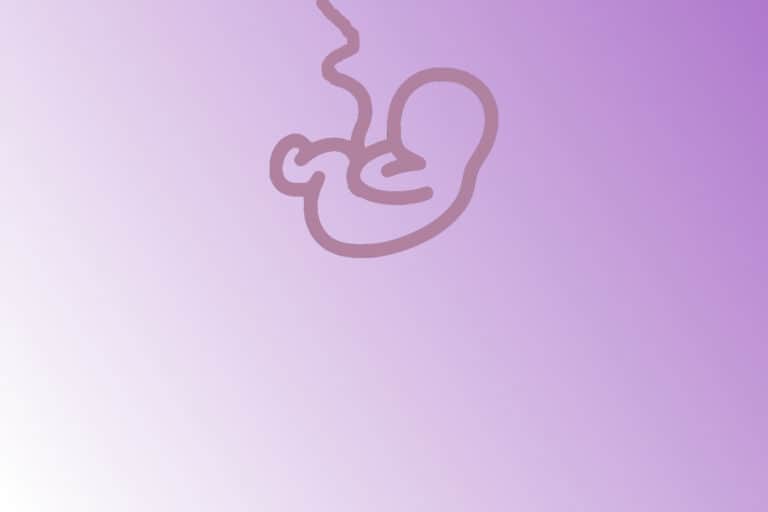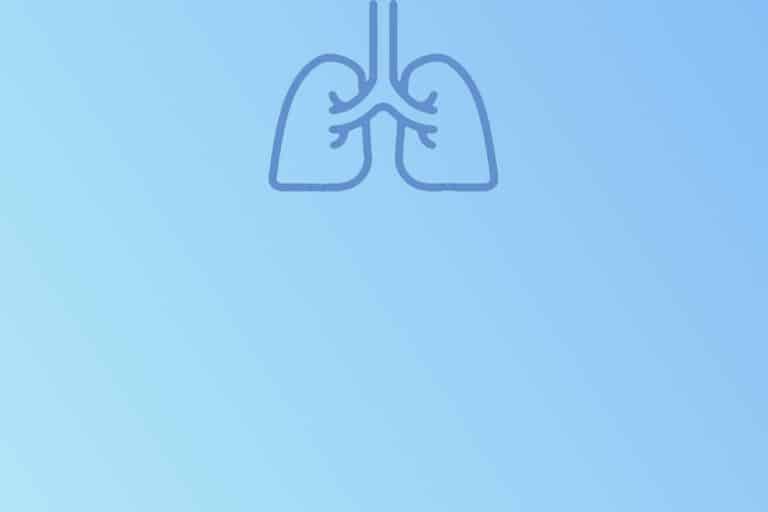Resuscitation
Perinatal asphyxia remains one of the most common indications for postnatal resuscitation. The necessary prerequisites for successful resuscitation are properly equipped rooms (delivery suite, neonatal wards with the right and functional equipment; warmed up to the temperature of 26 °C) with properly trained personnel.
Ventilation (and circulation dysfunction) are indications to initiate resuscitation (to reduce the irreversible cerebral injury), and once the vital functions have been restored, it can be ceased.
Based on local guidelines and case-specific variables, resuscitation can be also ceased if there is no detectable heartbeat following more than 10 minutes of properly carried out resuscitation. Last but not least, resuscitation should not be initiated in scenarios where there is certainty of early death or unacceptable level of disability in rare case of survival (e.g.: extreme prematurity, anencephaly, trisomy 13/18).
Resuscitation equipment
- Resuscitaire with functioning gas supply, pressure relief valve and T-piece circuit (NeoPuff)
- Neonatal resuscitation bag (“Ambu bag”) with 250 ml volume
- Towels (warm) or baby wraps, plastic bag (NeoHelp) and hat (preterm thermal care)
- Face masks (3 different sizes)
- Guedel airways 0 (6cm), 00 (5cm), 000 (4cm)
- Paediatric Yankauer sucker, wide bore (12 / 14 FG) suction catheter
- Laryngoscopes with large (0) and small blades (00)
- Tracheal tubes with standard 15 mm connector sizes (2.0, 2.5, 3.0, 3.5, 4.0)
- Neonatal stethoscope
- Intravenous cannulas, 10% glucose
- Umbilical line, syringes, flushes (normal saline)
- Disposable gloves
- Pulse oximetry
- Clock (also available on the resuscitaire)
Pulse oximetry
- requires to detect pulsatile flow to give an accurate reading
- be aware of the time delay between application and the achievement of a steady readings
- the preferred (as it is the quickest) method of attachment => placing the sensor on the baby, plugging into the oximeter and then switching the monitor on
- the importance of the light path crossing the baby’s hand or wrist and excluding light from the sensor
| Time from birth (minutes) | Right arm (preductal) saturation (%); 25th percentile |
| 2 | 60 |
| 3 | 70 |
| 4 | 80 |
| 5 | 85 |
| 10 | 90 |
Postnatal Resuscitation Algorithm
Repetitive process
Evaluation of the current status
=> analysis about the steps that are required for the resuscitation
=> execution of those steps
=> re-evaluation of the status
Airways & Initial steps
- Thermal management (placing the infant under the heat source, drying up and covering with warmed-up towel, NeoHelp for preterm babies => heat loss prevention suit)
- Airways (neutral position, oropharyngeal and nasal suction in case of obstruction due to coagulum, mucus or meconium)
- Tactile stimulation
- Status evaluation
Breathing
- Correct mask size that covers both nose and mouth => optimal mask seal
- Using appropriate pressures based on gestation
- 2 type of breaths used in resuscitation:
- Inflation breaths (prolonged inspiration time of 2-3 seconds, 5 breaths with increased pressure = “opening manoeuvre” to establish functional residual capacity of the lungs)
- Ventilation breaths (30 breaths per minute, 1 second inspiration, 1 second expiration)
- If the chest is not moving => check airways patency (neutral position? obstruction?) and make sure you are using correct mask (and mask seal) and applying correct pressures
- Intubation for prolonged ventilation support or in case of obstruction of lower respiratory tract (meconium aspiration) => should be performed by skilled and experienced healthcare professional (neonatologist, pediatrician, anesthesiologist) using direct laryngoscopy (make sure the position is right, fix the tube)
Do not move to chest compression unless the lungs have been inflated and there was visible chest movement !
Importance of oxygen
Dissociation curve of fetal hemoglobin is shifted towards left, thus enabling relatively good SpO2 and tissue oxygenation despite relatively low PaO2. A fetus is able to cope with intrauterine environment with lower SpO2 of around 50-60% thanks to unique hemoglobin and polycythemia. Owing to these factors, the resuscitation techniques using 100% oxygen (FiO2 = 1.0) did not bring desired results, on the contrary, it prolonged the time of resuscitation.
Therefore, the goal is to provide normoxemic oxygenation (attempting to avoid both hypoxic and hyperoxic injury). The resuscitation is initiated with air (21% oxygen) in term infants and 30% oxygen for preterm infants. Oxygen should be titrated based on pulse oximetry readings (attached to the right upper extremity in order to monitor preductal saturations).
Circulation
- Means for heart rate detection => ECG, pulse oximetry, clinical methods (stethoscope)
- Chest compressions
- 2 ways of delivering chest compression (two-handed approach being more effective)
- rapid compression stroke should be followed by a slightly longer relaxation
- 3 : 1 ratio (chest compressions : ventilation breaths) => in 1 minute, perform app. 90 compressions and 30 breaths, however, the quality of techniques is more important than the rate
- chest compressions are pointless without optimal lung inflation and ventilation (visible chest movement)
Importance of relaxation phase
Chest compression pushes blood from the ventricles into the aorta and the pulmonary artery. Elastic recoil of the chest wall during the relaxation phase pulls blood into the ventricles from the atria (ventricular filling, coronary artery perfusion).
The relaxation phase is thus just as important as the compression phase. If you attempt too fast a rate you may not be allowing enough time for the ventricles to refill between each compression and you may also be compromising coronary artery perfusion.
Drugs
- Preferential method of delivering drugs is intravenous access via vena umbilicalis (UVC = umbilical vein catheter), alternatively you can use peripheral vein or intraosseal access
- Adrenaline (for persistent asystole or bradycardia < 60 / minute despite appropriate ventilation and chest compression)
→ dose : 10-30 μg/kg i.v. (=> 0,1 – 0,3 ml/kg of solution 1:10 000) - Volume (in case of hypovolemia => normal saline (1/1 FR), Plasmalyte; in case of severe anemia use O Rh negative blood)
→ dose : 10 ml/kg i.v. - Bicarbonate (in case of severe metabolic acidosis)
→ dose : 2-4 ml/kg i.v. (4,2% NaHCO3= 0.5 mmol/ml)
Post-Resuscitation care
Following successful resuscitation, the infant often requires intensive care with focus on ventilation and circulation stability.
Post-Resuscitation Support
- ARDS (acute respiratory distress syndrome due to hypoxic lung injury and dysfunctional surfactant)
→ Oxygen
→ CPAP = continuous positive airway pressure (administering PEEP = positive end-expiratory pressure of 5-8 cm of water column)
→ Mechanical ventilation
→ Surfactant - Hypovolemia, myocardial dysfunction
→ Volume therapy
→ Inotropic support (Noradrenaline, Dobutamine) - Metabolic disturbances
→ Glycemic control (hypoglycemia common => increased glucose infusion rate)
→ Acid Base homeostasis (lactic metabolic acidosis common)
→ Electrolytes (sodium, potassium, calcium, phosphate – hyponatremia common) - Renal impairment (oliguria to anuria due to acute kidney hypoxic injury)
→ Normalization of renal perfusion
→ Fluid restriction while maintaining optimal energy intake
→ Low protein intake (individual parenteral nutrition)
→ Diuretics - Hypoxic-ischemic encephalopathy (various degrees)
→ Sedatives and Anticonvulsants (irritability, seizures)
→ amplitude EEG
→ therapeutic hypothermia – see below
Therapeutic hypothermia
- Whole body hypothermia with core temperature of 33.5 – 34.5 °C for 72 hours
- gestational age 36+0 and higher
- infants with moderate to severe HIE
- initiation of hypothermia within 6 hours after asphyxia
- rapid cooling and slow rewarming
- reduction in mortality and adverse neurodevelopment
References
① Azzopardi DV, Strohm B, Edwards AD, et al. Moderate hypothermia to treat perinatal asphyxial encephalopathy [published correction appears in N Engl J Med. 2010 Mar 18;362(11):1056]. N Engl J Med. 2009;361(14):1349-1358. doi:10.1056/NEJMoa0900854
② Manley BJ, Owen LS, Hooper SB, et al. Towards evidence-based resuscitation of the newborn infant. Lancet. 2017;389(10079):1639-1648. doi:10.1016/S0140-6736(17)30547-0







